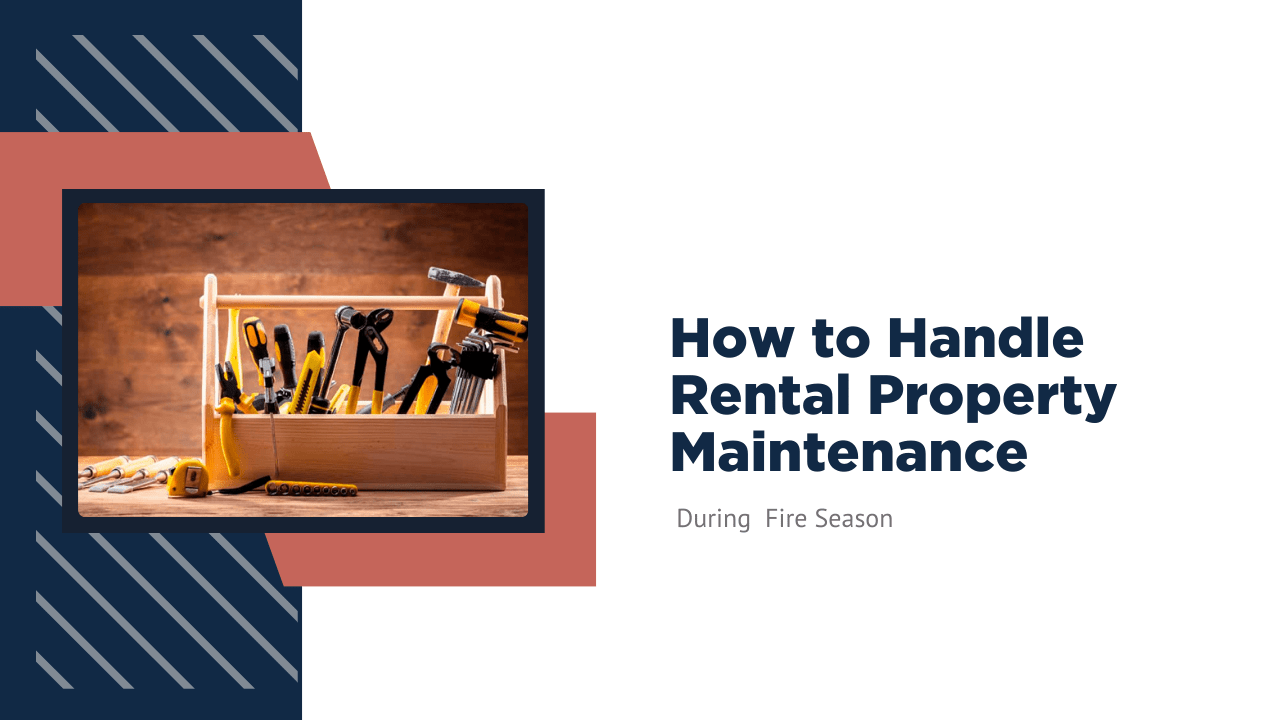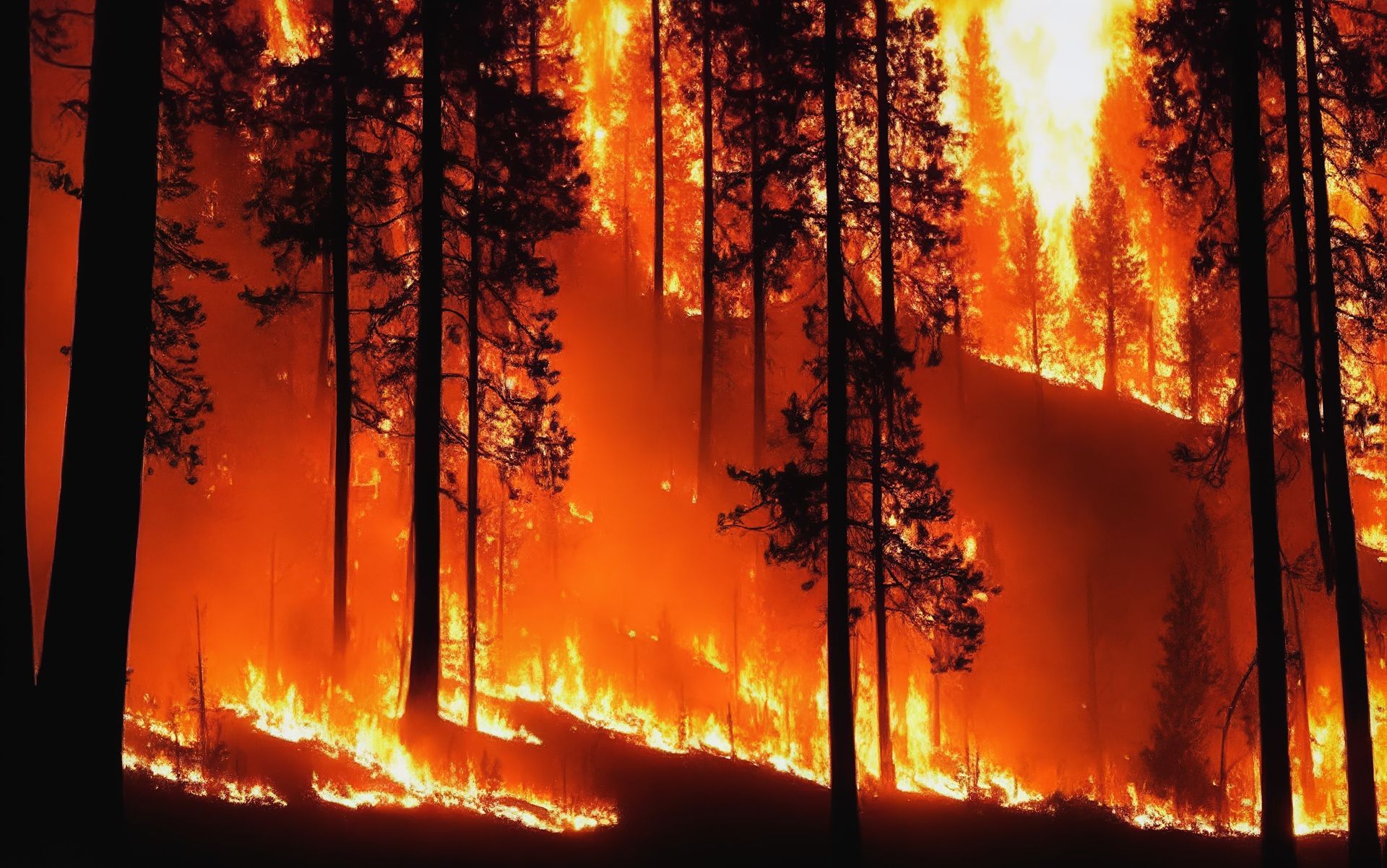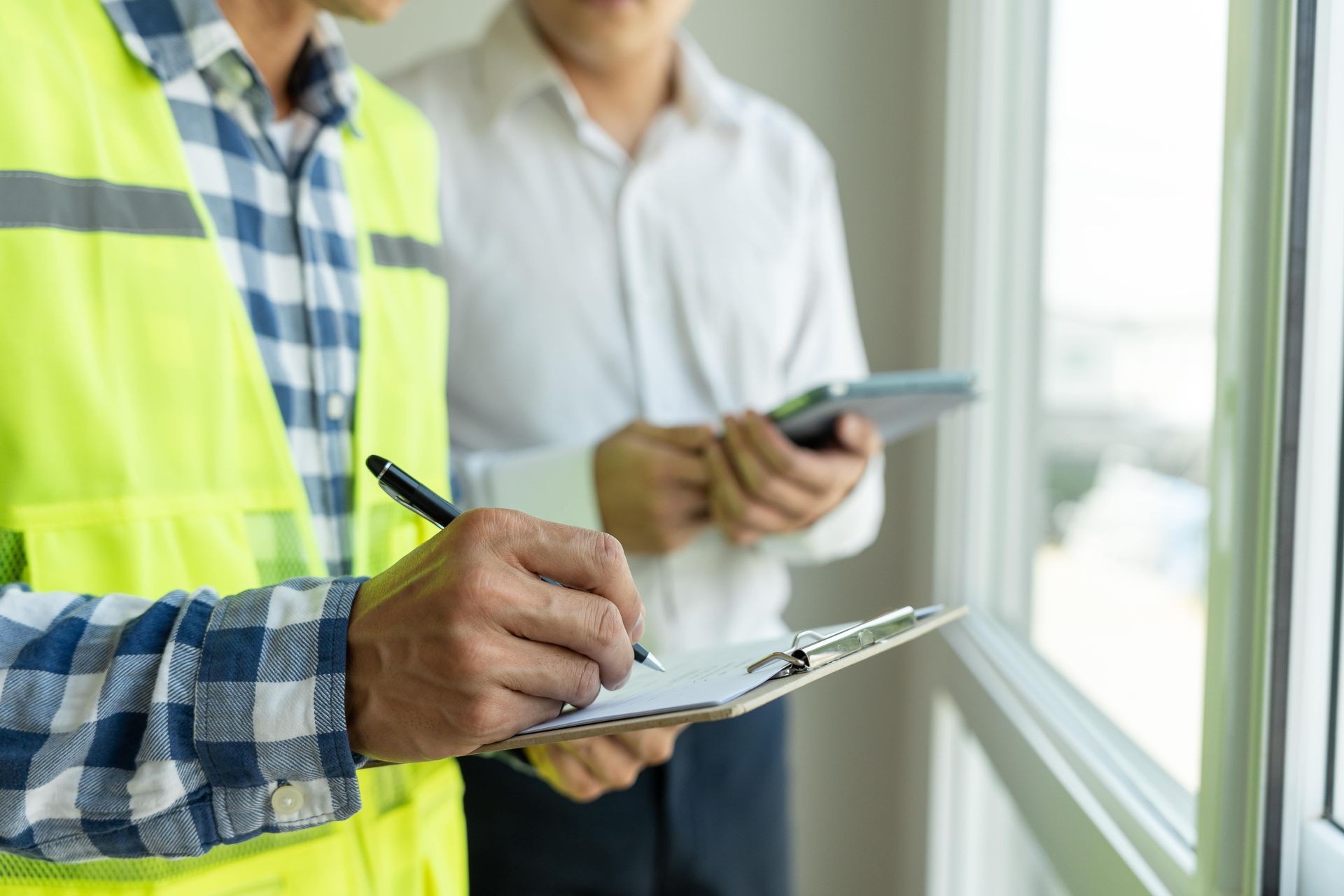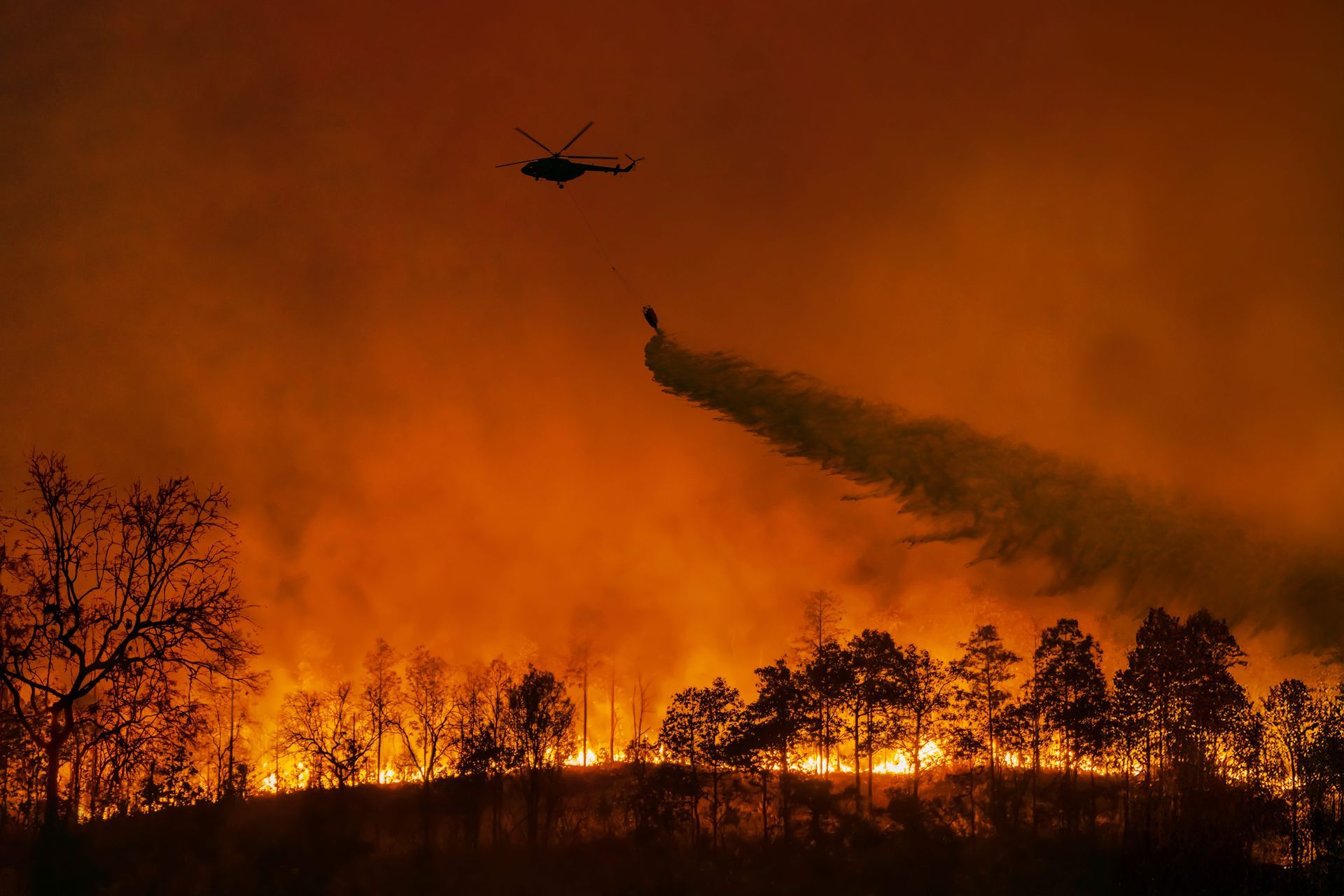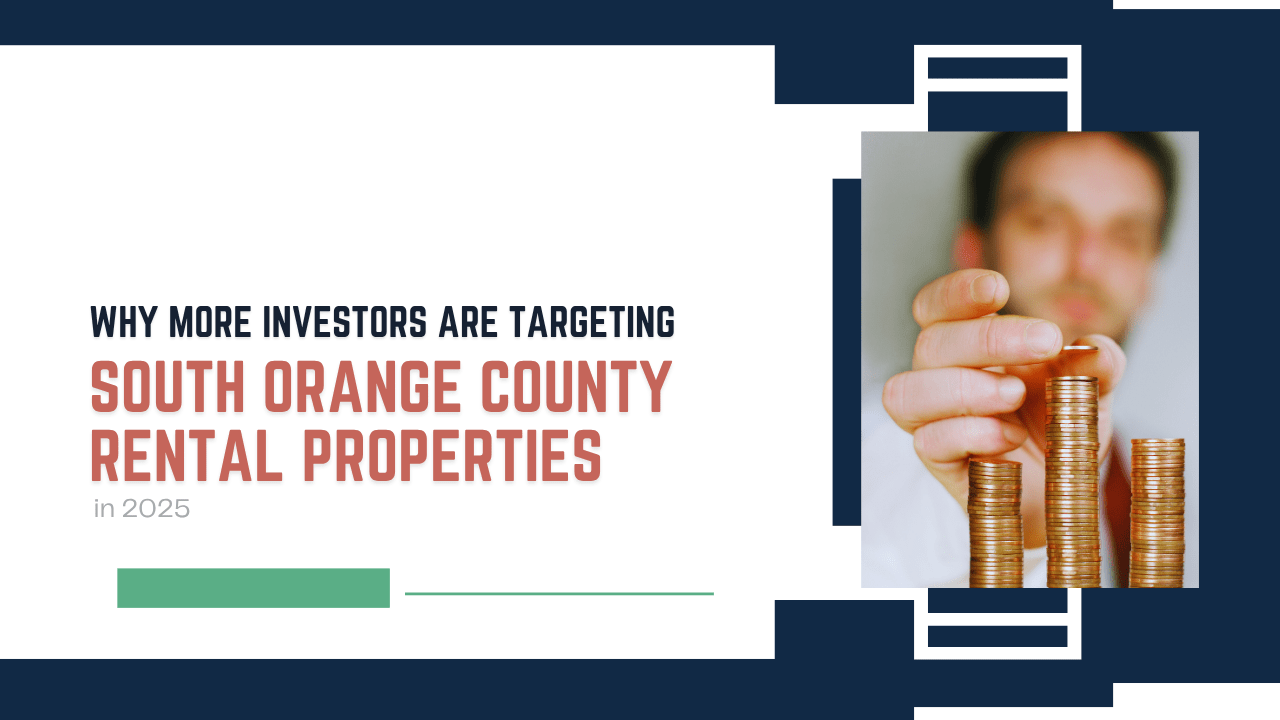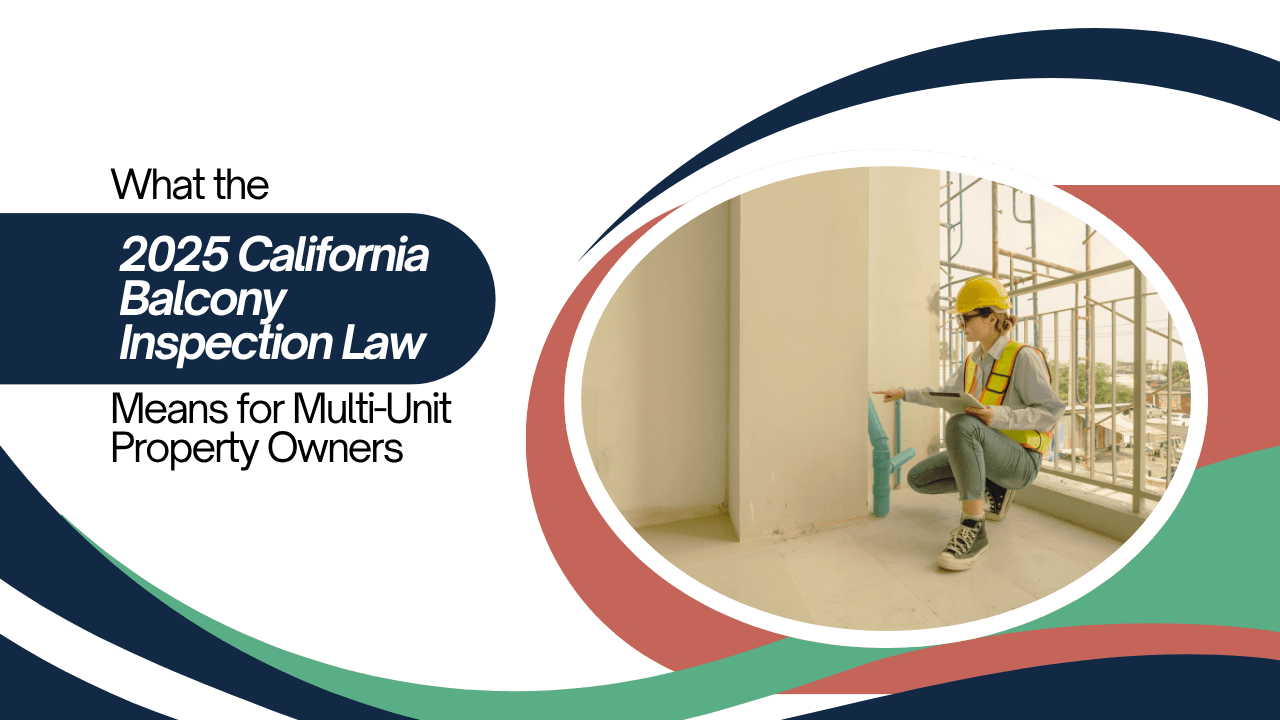California’s fire season is technically thought to stretch from late spring through the fall, but if we have learned anything from the last few fires, it’s that absolutely nothing can be predicted.
The entire state is at risk of fires, and that risk can intensify at any time.
As a rental property owner, there are a unique set of challenges when it comes to maintenance, insurance, and preparation. Fires can rage through heavily wooded and forested areas and as we learned early in 2025 during the Palisades Fire and the Eaton Fire, they can ravage cities and densely populated areas, too.
With hotter temperatures, prolonged droughts, and strong winds becoming the norm for communities across California, wildfires are an increasing threat to both urban and rural areas. For landlords and
property managers, this means taking proactive steps to protect their investments, ensure tenant safety, and remain compliant with state and local regulations.
How to handle maintenance during these perilous times of fire risk? We’re taking a closer look at that and providing some tips and advice that will hopefully help property owners across the state protect their investments.
How It Happens
Wind and Embers Causing a Perfect Storm
Before you can prepare adequately for fires and
maintain a property in a way that makes them less likely to be destroyed by a fire, it helps to understand them.
Here’s an admittedly over-simplified way to think about fires and how they start and why they spread:
When a wildfire takes hold in an area, homes and structures are ignited by embers and the radiant heat that is caused by the fire and flames. Those embers pose the greatest threat as wind can carry them ahead of a fire front, igniting spot fires in and around residential areas.
When we see footage of homes lost and entire neighborhoods destroyed, it’s because certain factors in those areas make the homes more vulnerable.
This is important information when you’re making a plan to protect your own rental property and to contribute to creating a fire-safe community.
It Starts with an Emergency Plan
- Emergency contact information
- Evacuation routes and timing
- Communication plans for how you’ll reach family, friends, and responders
- An emergency supply kit with important documents
- Safety equipment like fire extinguishers and hoses.
- A plan for pets
Enable Wireless Emergency Alerts (WEAs) on your cell phone. This registration will ensure you receive wildfire emergency alerts on your cell phone in California. Most phones have WEAs enabled by default, but it's good to verify. You may also need to register your phone number with a local emergency notification system for more specific wildfire alerts.
Stuck on trying to enable these alerts? We have some quick instructions
You’ll need to coordinate your emergency plan with your tenants, too. Know how they are going to get out of the property, if necessary, and make sure they know how to safely evacuate. Communicate emergency plans and evacuation routes to tenants and make sure all of their contact information is up to date so you can reach them. Let them know about WEAs if they don’t know already.
Preventative Maintenance Tips That Improve Wildfire Protection
As
property managers in California, we’re always talking about the importance of preventative maintenance. It protects your property. It reduces the risk of emergencies. It keeps the value of your investment increasing, and it ensures the condition of your rental property remains
attractive to prospective and existing tenants.
Good preventative maintenance can also help you out during fire season.
Do everything you can to prepare and protect your property while there’s not an immediate threat.
We work with a lot of California rental
property owners who have recently upgraded doors and windows in order to fight off potential fire threats. Tempered, multi-paned, and fire-resistant glass blocks are all good options.
What to Know about Noncombustible Buffers
This zone needs to be free of anything that could be combustible.
In this zone, you don’t want tenants to keep any plants and furniture or even cars. Firewood and lawn tools should be in a shed or a garage, and at least five feet from the property.
To effectively protect your property:
- Establish and maintain a defensible space, which should be five to 30 feet from the home.
- Keep grass watered and less than four inches high.
- Clear away debris and vegetation regularly.
- Focus on fire resistant plants in and around your home.
- Trim trees and shrubs and ensure there is a minimum of 6 vertical inches (measured from the ground up) of noncombustible siding material at the base of each structure or any horizontal surfaces such as a wooden play set, just as you would for your home.
- For an elevated structure like a shed, enclose the base with no larger than 1/8-inch or finer metal wire mesh.
Proactive landscaping and hardscaping are the first lines of defense when it comes to maintaining your property in a way that protects it from high fire risk. Follow the state’s defensible space regulations, which mandate those specific clearance zones around structures:
- Zone 1 (0–30 feet from buildings): Remove dead plants, dry leaves, and pine needles. Trim trees to keep branches at least 10 feet from other trees and structures.
- Zone 2 (30–100 feet): Cut grasses to 4 inches or less, remove fallen leaves, and space trees and shrubs appropriately to prevent fire from climbing (“ladder fuels”).
Hiring a certified landscaping company with fire mitigation experience can be a worthwhile investment, especially in high-risk zones. And if you’re confused about the zones and the buffers and all the logistics that come with maintaining your property in this way, reach out to us. We can get the right team in place to help.
Inspect and Maintain Key Systems in Your California Property
During fire season, regular inspection and maintenance of critical property systems become even more important. If you don’t already have a checklist of seasonal maintenance to-do items in place, this is a good reason to put one together.
Also, consider fire-resistant upgrades such as the ember-resistant vents that we talked about, as well as Class A fire-rated roofing materials, and dual-pane tempered glass windows. We keep recommending these things because we know that they can make a significant difference in how you protect your property.
Tenant Communication:
Talk Early. Talk Often.
Provide tenants with:
- A written fire safety plan.
- Evacuation maps and escape routes, as well as nearby shelter locations.
- Instructions on what to do about utilities during an evacuation. You’ll want them to shut off the gas, for example.
- A list of contacts and resources.
It's also wise to send text or email updates during red flag warnings or nearby wildfire events. This is a situation in which over-communicating is more than acceptable.
We’re focusing on maintenance in this blog, so make sure you’re clear about how tenants can help you maintain your property, especially during fire season. Explain why flammable plants right up against the house are not allowed. Talk about ember prevention and ventilation. The more information tenants have, the more they can help you protect your investment from fire damage and destruction.
Understand Maintenance and Your Legal Obligations
Under
California law, landlords are required to keep rental units habitable, which includes protection from foreseeable hazards like fire. When thinking about your maintenance plans, remember that some of the most relevant obligations include:
- Smoke detectors.
The law dictates where they should go and how many you should have. Ensure they’re present and functional in every bedroom and hallway.
- Carbon monoxide detectors. Just like smoke detectors, you’re legally required to have these in most rental properties. They must be installed and functional in all units with fuel-burning appliances or attached garages.
- Fire extinguishers. While not required by law in single-family rentals, they are still highly recommended in multi-unit dwellings or areas with increased risk.
Failure to meet these standards could lead to liability if a fire damages the property or harms tenants.
California Wildfires and Accessing Resources
For wildfire maintenance, always look for state, local, and federal resources that minimize the cost of work for you. If there is a fire that impacts your rental, there are likely going to be nonprofit organizations available to help your tenants access new housing as well as any basic supplies that they need.
Recent victims of California wildfires have worked with Red Cross, FEMA and other government and private organizations to access assistance. Local providers also put together shared housing and resource exchange programs.
A post-fire plan will include immediate maintenance and long-term planning. Having a contingency plan can make recovery faster and less stressful:
- Maintain updated contact information for restoration professionals, insurance agents, and emergency contractors.
Store important documents (insurance policies, tenant leases) digitally and off-site.
Have a communication template ready for tenants in the event of fire-related disruptions.
Make sure you know what’s available to you and your tenants. Gather all of the information you’ll need for insurance claims, and reach out to your property manager for help in rebuilding once the immediate danger has passed and it’s time to assess the damage and move forward.
Review your insurance policies, too. Make sure your
landlord insurance includes adequate fire coverage, including coverage for structure replacement costs, loss of
rental income, and smoke damage restoration.
Encourage (or even require) tenants to carry renter’s insurance with fire coverage. This protects their belongings and can reduce disputes over liability after a fire.
It’s important to be vigilant as wildfires continue to threaten California. While it’s nearly impossible to predict when and where they will take hold, the more prepared you can be, the better off you’ll be if and when they arrive on our doorstep. Prioritize fire safety for yourself, your tenants, and your property.
We’d love to help you maintain your property better, especially as the risk of fire grows. Please contact us at Niguel Point Properties to talk about it.

